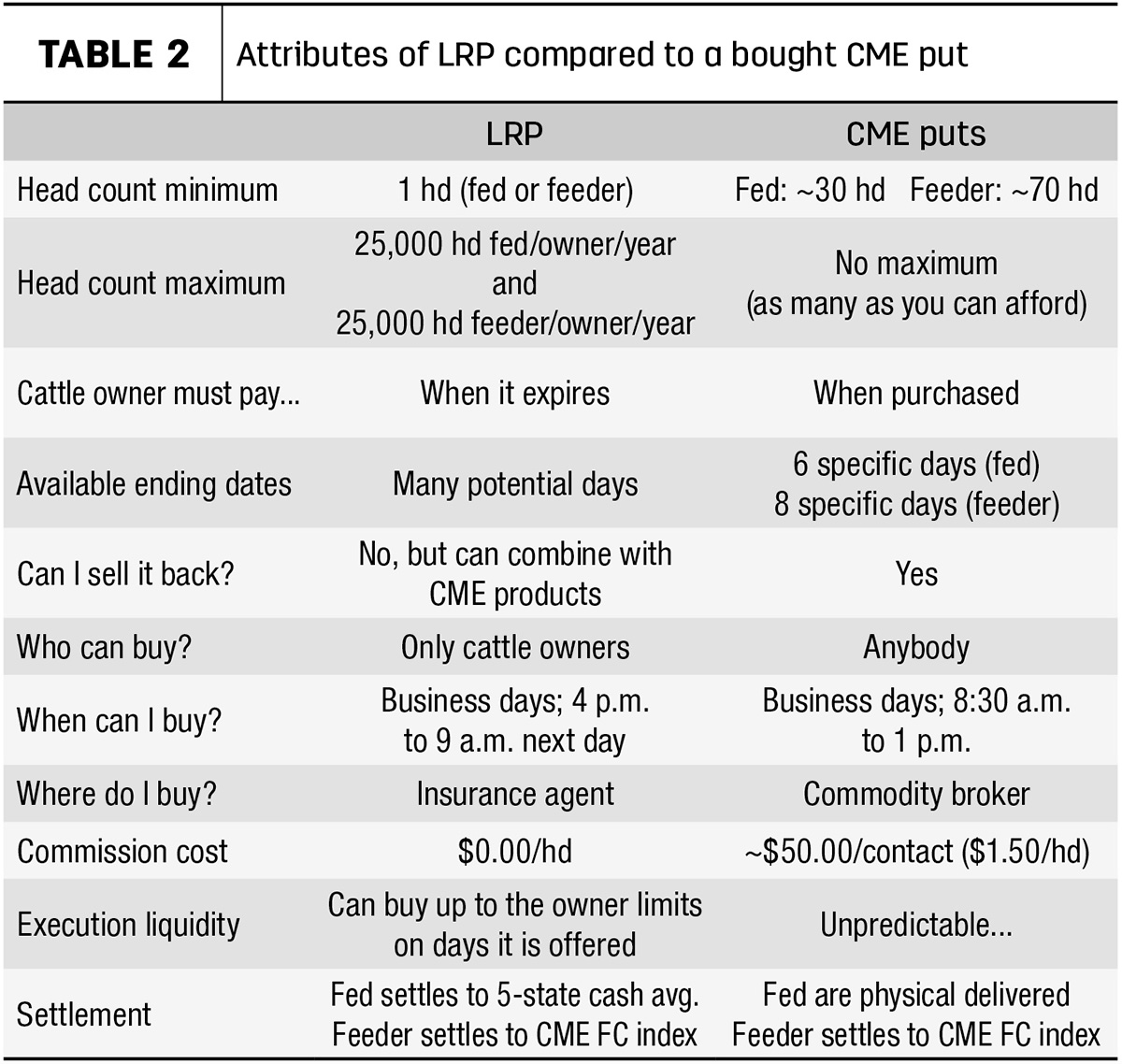Bagley Risk Management : Safeguarding Your Company Future
Bagley Risk Management : Safeguarding Your Company Future
Blog Article
Understanding Animals Threat Protection (LRP) Insurance: A Comprehensive Overview
Browsing the realm of animals risk defense (LRP) insurance coverage can be a complex undertaking for numerous in the farming industry. This sort of insurance coverage supplies a safeguard against market variations and unanticipated circumstances that might influence livestock manufacturers. By understanding the ins and outs of LRP insurance coverage, manufacturers can make informed decisions that might protect their operations from monetary threats. From how LRP insurance coverage operates to the various protection alternatives available, there is much to discover in this thorough overview that could potentially shape the means animals producers approach danger monitoring in their businesses.

Exactly How LRP Insurance Policy Works
Occasionally, recognizing the auto mechanics of Livestock Threat Protection (LRP) insurance can be intricate, however damaging down exactly how it works can give clearness for herdsmans and farmers. LRP insurance coverage is a risk monitoring tool designed to secure livestock producers versus unforeseen rate decreases. The plan permits producers to establish a coverage degree based on their details needs, picking the number of head, weight variety, and coverage cost. As soon as the policy remains in place, if market costs drop below the protection rate, producers can submit a claim for the difference. It's vital to note that LRP insurance coverage is not an earnings warranty; instead, it focuses only on price danger defense. The coverage period typically ranges from 13 to 52 weeks, supplying adaptability for producers to select a period that straightens with their production cycle. By using LRP insurance policy, ranchers and farmers can reduce the economic threats connected with fluctuating market value, making certain higher stability in their procedures.
Qualification and Protection Options

When it comes to insurance coverage alternatives, LRP insurance offers producers the adaptability to pick the insurance coverage degree, protection period, and recommendations that ideal fit their danger management needs. By recognizing the qualification requirements and protection choices available, animals manufacturers can make educated decisions to take care of danger efficiently.
Benefits And Drawbacks of LRP Insurance
When evaluating Animals Threat Security (LRP) insurance policy, it is essential for livestock producers to consider the benefits and drawbacks intrinsic in this risk monitoring tool.

One of the key benefits of LRP insurance coverage is its capability to supply protection against a decline in animals prices. This can assist guard manufacturers from financial losses resulting from market variations. In addition, LRP insurance uses a degree of flexibility, permitting manufacturers to tailor coverage levels and policy durations to fit their certain demands. By securing a guaranteed price for their livestock, producers can better handle threat and strategy for the future.
One constraint of LRP insurance policy is that it does not safeguard versus all types of dangers, such as condition break outs or all-natural catastrophes. It is essential for manufacturers to thoroughly assess their private risk exposure and economic circumstance to establish if LRP insurance coverage is the right danger management device for their operation.
Comprehending LRP Insurance Premiums

Tips for Maximizing LRP Advantages
Making best use of the benefits of Livestock Risk Security (LRP) insurance needs critical preparation and aggressive threat management - Bagley Risk Management. To maximize your LRP coverage, consider the following suggestions:
Consistently Assess Market Problems: Keep educated concerning market fads and rate fluctuations in the animals sector. By monitoring these elements, you can make informed decisions about when to buy LRP insurance coverage to protect versus possible losses.
Establish Realistic Protection Levels: When selecting coverage degrees, consider your manufacturing expenses, market price of livestock, and potential threats - Bagley Risk Management. Establishing sensible coverage degrees makes certain that you are properly safeguarded without paying too much for unneeded insurance coverage
Diversify Your Coverage: Rather of depending entirely on LRP insurance, take into consideration site web expanding your threat monitoring methods. Integrating LRP with other threat administration tools such as futures agreements or choices can provide thorough protection against market unpredictabilities.
Review and Readjust Protection Routinely: As market problems alter, occasionally examine your LRP coverage to guarantee it aligns with your present risk direct exposure. Adjusting protection degrees and timing of purchases can aid maximize your risk security strategy. By adhering to these suggestions, you can take full advantage of the benefits of LRP insurance coverage and safeguard your animals operation versus unforeseen dangers.
Verdict
To conclude, animals risk security (LRP) insurance policy is a valuable tool for farmers to take care of the financial dangers connected with their animals operations. By comprehending just how LRP functions, eligibility and protection choices, along with the advantages and disadvantages of this insurance coverage, farmers can make enlightened choices to protect their incomes. By thoroughly thinking about LRP costs and applying strategies to take full advantage of advantages, farmers can minimize possible losses and make certain the sustainability of their procedures.
Animals manufacturers interested in getting Animals Risk Protection (LRP) insurance can explore a range of eligibility criteria and coverage options customized to their details animals procedures.When it comes to insurance coverage options, LRP insurance policy supplies producers the flexibility to choose the coverage degree, insurance coverage period, and endorsements that best match their threat administration requirements.To understand the intricacies of Animals Threat Security (LRP) insurance fully, recognizing the variables affecting LRP insurance premiums is crucial. LRP insurance premiums are determined by numerous aspects, including the insurance coverage level chosen, the anticipated cost of livestock at the end of the insurance coverage period, the kind of livestock being insured, and the size more tips here of the insurance coverage duration.Testimonial and Change Insurance Coverage Routinely: As market conditions change, periodically evaluate your LRP coverage to ensure it lines up with your present threat exposure.
Report this page